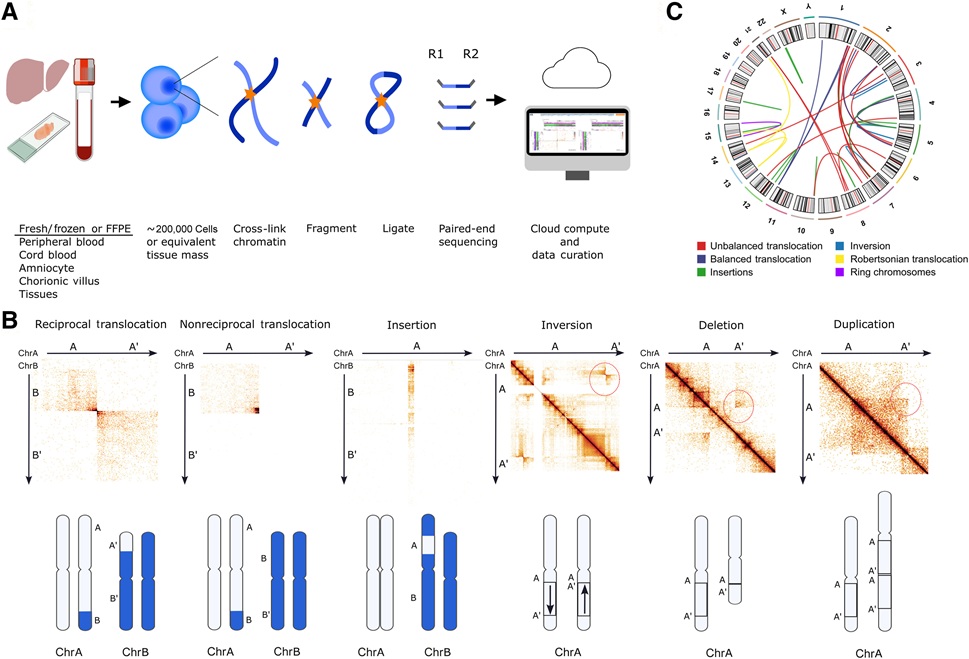Techniques Compared for Bone Marrow Preparations
By LabMedica International staff writers
Posted on 21 May 2012
Two techniques for preparing smears from bone marrow aspirates for microscopic examination have been compared.Posted on 21 May 2012
The techniques, known as the wedge-spread and the crush technique are widely used to prepare the bone marrow material for microscopic assessment which remains one of the key laboratory procedures in hematology.
Pathologists at the Medical University of Gdansk (Poland) investigated the bone marrow of 114 adult, hematologically healthy subjects, using bone marrow smears prepared by both techniques simultaneously. Two smears were made using wedge-spread film and, if possible, five particle squash slide preparations were made for each aspirate. Dried smears were stained with a May–Grünwald–Giemsa stain, and one of the “squash” slides was stained with a Perls stain to assess the amount of nonheme iron.
Abnormalities in the bone marrow were found in nine patients, even though their peripheral blood morphology was within the normal limits. These patients were excluded from further analysis. In one of these patients, the bone marrow examination revealed an increase in plasma cells to 18%, leading to a diagnosis of multiple myeloma; in two patients, the macrophages had increased stores of iron, suggesting concomitant inflammatory disease; in the next four patients, the nonheme iron was completely depleted or significantly decreased; and in the last two patients, features of dysmyelopoiesis and dysmegakaryopoiesis were visible in more than 10% of each cell line.
The comparison of the two techniques revealed significant differences in terms of the composition of bone marrow cells. Only the percentages of lymphocytes, mature eosinophils and basophils did not differ significantly. The reference ranges for each technique were established. The percentages of most hematopoietic cell lines differed significantly depending on the method of preparation. The total percentage of neutrophils and monocytes was higher when using the wedge spread technique, while that of erythroblasts, eosinophils and plasma cells was lower, compared to the squash slide technique.
The authors concluded that the differential count of the bone marrow differs depending on the technique of slide preparation. The squash technique should be the preferred method for microscopic examination. In the squash technique, the dilution effect is eliminated, and therefore the nucleated cell count and percentage composition are more accurate. Moreover, this allows better assessment of cellularity and megakaryopoiesis. In a few cases, when the particular particles differ significantly in terms of cellularity, the wedge spread is more useful. The recommendation to routinely prepare slides using both of these techniques is fully justified. The study was published in the June 2012 issue of the International Journal of Laboratory Hematology.
Related Links:
Medical University of Gdansk




 assay.jpg)









